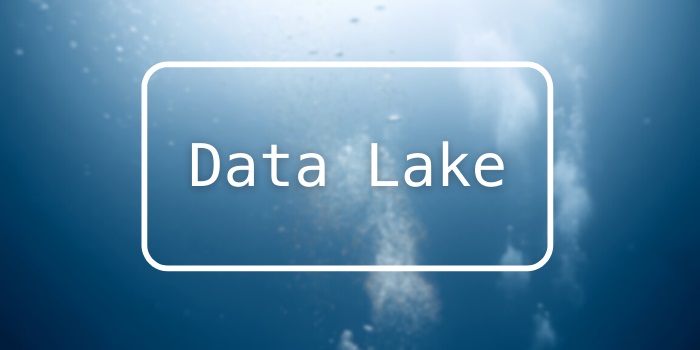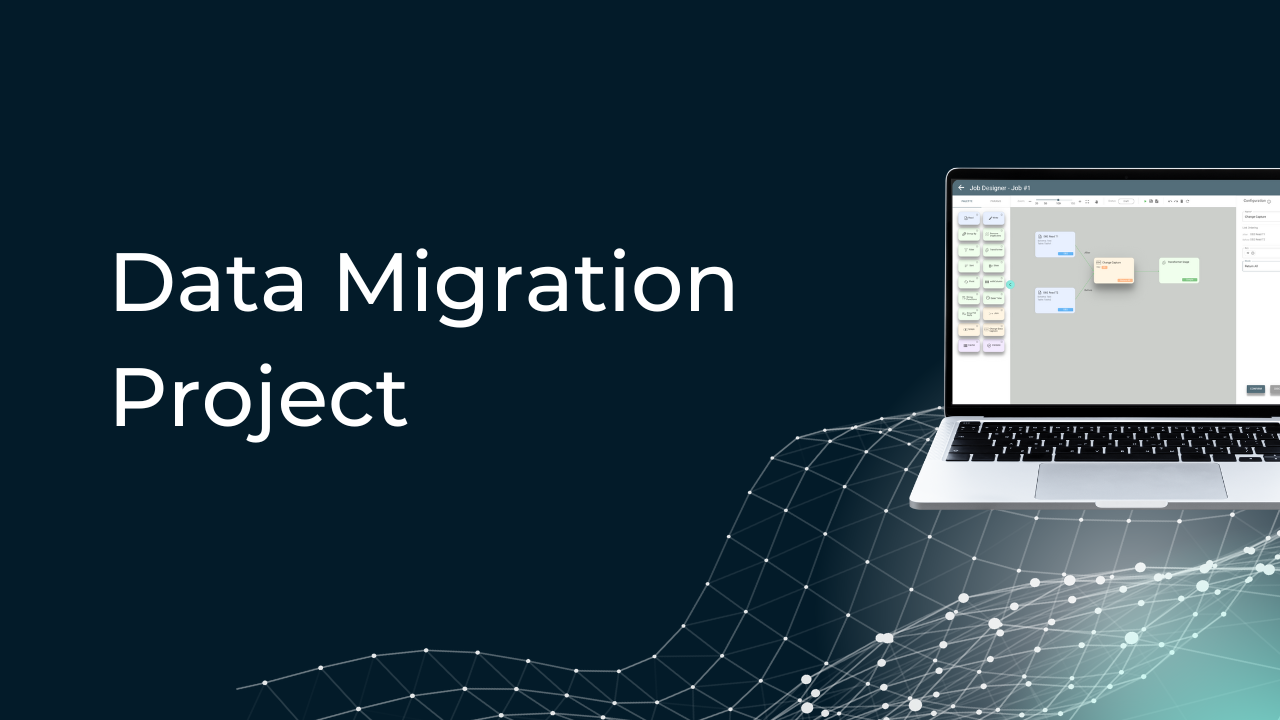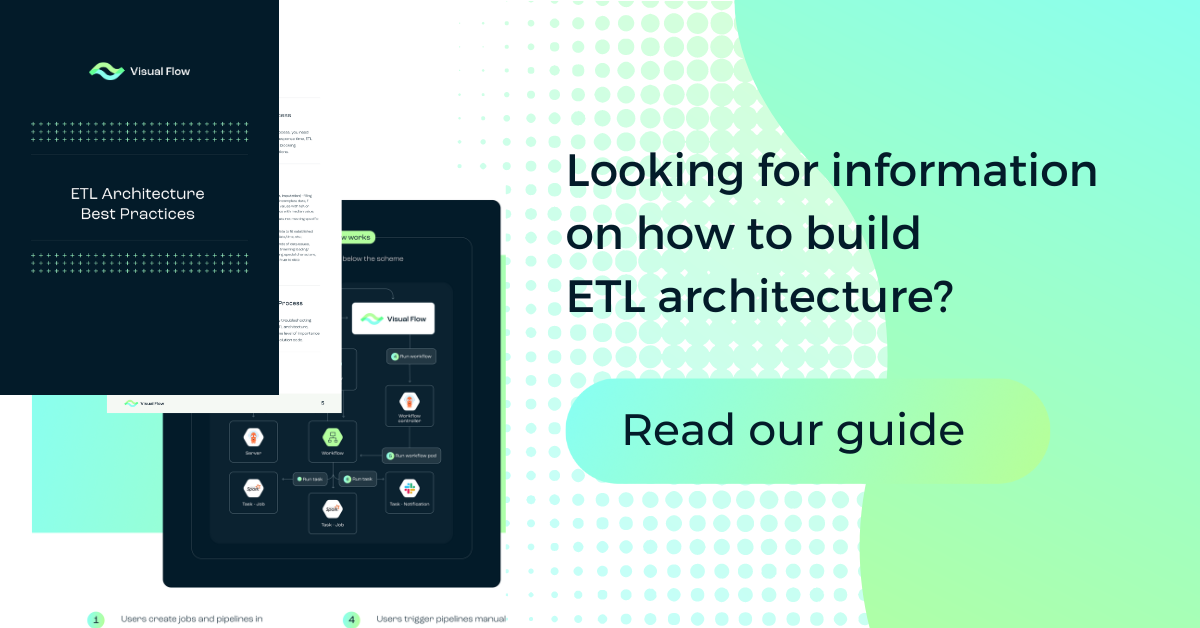Table of Content:
Table of Content:


Think about all the data your company generates daily — it comes in from systems like CRM software, internet commerce, and even IoT devices. You know, this deluge of data is too much to manage. In this case, data consolidation becomes useful.
What we call “data consolidation” is just bringing all of your data into one central location and organizing it. It matters because it’s simpler to make wise choices, enhance business operations, and maintain an advantage over competitors when all of your data is in one location.
The more data your company produces, the more challenging it becomes to make sense of it all. However, you may bring order to chaos with the correct tools and tactics. Consolidation brings together data from various sources and stores it in a single, organized location. You will see the big picture of your company and find important insights hiding in plain sight.
Don’t worry if data consolidation is foreign to you; we are here to guide you. We’ll explain data consolidation, why it’s essential, and how to use it.

Defining Data Consolidation
Data consolidation combines data from several sources — such as departments, systems, or even sites — in one spot to help you plan strategically and manage, analyze, and apply it.
Data consolidation is important, but why? Here’s the broad picture — what it can do for you:
- Consolidation corrects errors and disparities and creates more consistent data for usage.
- Your analysis becomes more exact and detailed — this is how you can uncover insights that could have otherwise been buried.
- Finding what you need is easier when everything is in one location. Stakeholders can quickly get the information they need without sifting across several systems.
- Reducing data redundancy through data consolidation saves storage.
So, what is data consolidation? It fundamentally is about establishing a “single source of truth”.
You are preparing yourself for wiser, more strategic decisions when all your data is aligned and easily available; you are also enabling data to work for you rather than the other way around.

Types of Data Consolidation
There is no universal data consolidation type.
Depending on the kind of data you are handling and the issues you must solve, it takes on several forms: customer data consolidation, database consolidation, and CRM consolidation.
Customer Data Consolidation: Merging Customer Information From Various Touchpoints.
Customer data originates from email interactions, web visits, social media, and more. Customer data consolidation is meant to bring all of this different information together into one, logical structure. It helps you to draw a clearer, more whole image of your clientele.
You can anticipate their desires, better understand their preferences, and customize their interaction with your company when you have all of their information in one location.
Database Consolidation: Integrating Multiple Databases Into a Central Repository.
Most of the companies handle several databases; for example, you may have a system for each department or project. In database consolidation, many databases are joined into one larger repository, so that your data access becomes simpler, less complicated, and more efficient.

CRM Consolidation: Unifying Customer Relationship Management Data for Enhanced Insights.
Consolidation of customer relationship management (CRM) systems changes everything for businesses using multiple systems as it aggregates their data into one unified system.
Better business choices may result from your ability to see more precisely how your teams interact with clients (CRM consolidation enhances cooperation and teamwork as well).

The Data Consolidation Process
Consolidating information from several sources does not have to seem like an impossible chore — if you can compile reliable data, your business will be able to make more informed decisions. The main steps of the data consolidation process are as follows:
- Data discovery and profiling will help you understand what you’re dealing with before you start consolidating data. Make a list of anything that stores data for you: databases, customer relationship management systems, spreadsheets, and even cloud apps. Then examine it more closely. What’s the structure like? Are all the details present and correct? Is it inconsistent in any way? Data profiling tools can help you understand your data’s distribution and spot issues like duplicates or missing statistics.
- Pulling the data together comes next after you have your sources figured out. In this stage, known as data extraction, you will collect the necessary raw information. It may be gathered via database queries, APIs, file uploads, tools, or scripts. Just be sure the data you are collecting is unaltered from start to finish. The groundwork for your consolidated dataset is being laid at this point.
- Raw data requires some work to get into shape; it’s not always ready for use immediately. You need to clean, standardize, and sometimes enhance the data to make it consistent and usable throughout data transformation. Eliminate duplication, correct mistakes, and handle any missing data; finally, make sure all formats match — for example, dates and addresses should follow a consistent pattern. To raise the value of your data, add any missing details or design additional measures.
- Loading the data into your central system comes first once it has been changed. This entails moving information to a readily accessible location — typically a data lake or data warehouse. Depending on your demand, you can transfer the data all at once (batch processing) or in smaller, continual updates (real-time processing). Double-check to be sure everything fits your expectations and loads successfully.
- The integration of data (gathering it from several sources into one cohesive dataset) is the next big step. Link related pieces of data together using common identifiers — like a customer ID. You may have to join tables, make new links among data sets, or mix data. Dealing with any contradicting information, such as duplicate entries or mismatched data, is also very vital.
- You now have to choose a trustworthy location to keep your consolidated data and then use this repository as your “single source of truth” for reporting, analysis, and decision-making. Select a solution based on your company’s requirements. Data lakes are the best option for a combination of structured and unstructured data, whereas data warehouse consolidation is excellent for structured data.
Finally, build up safeguards, such as access restrictions and security measures, to protect your data and maintain regulatory compliance.

Benefits of Data Consolidation
For companies trying to control and make sense of their data, consolidating information is a game-changer rather than just a backend tech chore, and here’s why:
- Better data accuracy. Data inconsistencies, redundancies, and missing or incorrect information are inevitable outcomes of data residing in multiple places. Consolidating your data fixes these issues by cleaning it up and standardizing everything. If your team has access to reliable and consistent data, they will use it to make better choices and get deeper insights.
- Higher data quality. Data quality goes beyond accuracy — it’s about having reliable, complete, and well-organized information. Consolidation fixes inconsistencies, removes redundancies and guarantees that everything follows the same format.
- Simplified data management. Managing information from several sources is a real challenge but consolidation puts everything in one place to save you time, avoid the hassle of dealing with data silos, and easily manage upgrades and security procedures. For your team as well, it increases output and reduces effort squandered.
- Clearer data analysis. When you consolidate dispersed data, you just need one consistent dataset, which is great for discovering patterns, trends, and connections across domains. You will be able to better grasp the situation and support bold strategic actions aimed at success.
- Seamless collaboration between systems. Companies often use many different apps, software, and databases. Without consolidation, these systems don’t “talk” to each other very well. Data consolidation brings them together so that information may be more smoothly integrated and shared.
Consolidating all of your data exposes your business to deeper insights, better outcomes, and fewer bottlenecks. Whatever the size of your company, this is a change worth doing.

Common Techniques for Data Consolidation
As mentioned above, data consolidation is essentially about combining data from several sources into one ordered system. Think of it as creating a single home for all your data.
The good news is that there’s more than one way to get it done. Here is a list of common techniques you may use to properly consolidate your data.

ETL (Extract, Transform, Load)
Usually referred to as ETL (extract, transform, load), the whole process also includes a more recent variant known as ELT (extract, load, transform).
An ETL procedure indicates the conventional path of data consolidation.
First, data is extracted from multiple sources. Next, it’s transformed, meaning it’s cleaned up and reformatted so everything matches. At last, the data finds its home — perhaps a data lake or data warehouse.
This technique may be done mostly in two ways:
- Hand-coding. For simpler data consolidation tasks, hand-coding can do the job. Custom scripts created by data engineers take data from several sources, clean it up, and forward it to one central location. This method is perfect for simpler tasks, but it may become unmanageable when dealing with complicated or continuous consolidation requirements.
- Using ETL tools. Most companies turn to ETL solutions rather than hand-coding when the process becomes more complicated. These platforms automate much of the procedure and manage more data by standardizing and loading it into a target system like a data warehouse. Compared to hand coding, it is less prone to mistakes, faster, and more reasonably priced.
ELT offers a contemporary interpretation of data consolidation. First, much like with ETL, data is taken from all your sources. It then loads right away into a central staging area without previously being changed. In the end, once the data is in the system, it transforms to make format changes possible.
For agile companies, this is the perfect strategy. Loading raw data initially allows businesses to subsequently clean and change it, customizing the data to fit certain requirements.

Data Warehousing
One place where data from all your data sources combines for easier access, analysis, and application is a data warehouse consisting of three components:
- The bottom tier is the data warehouse’s basis. All of your raw data is stored here after you have compiled it from several sources.
- The analytics engine finds a home in the middle tier. This is the “brain” your data passes through to make it analyzable; it arranges and cleans the data so that it is suitable for your use.
- The interface where you may see, examine, and generate reports depending on your data marks the top tier. It gives you information that is easy to grasp and helps you make decisions.
All of the information in your company is shown in detail through data warehouse consolidation. Since everything is kept in one location, you are free from juggling multiple systems.
It also guarantees that all of your data is consistent and current, therefore facilitating the analysis of trends and evaluation of success.

Data Lake
A contemporary way to keep enormous volumes of data in one location is using a data lake.
What makes it unique? It maintains all of your data in its natural state and manages ordered, unorganized, or mixed data.
There’s no need to reorganize or clean up your data before adding it to a data lake — you can store it exactly as you collect it. Data lakes include anything from unstructured data like videos or social media postings to organized data like spreadsheets.
Also, structure is applied just when you’re ready to study the data, rather than arranging it beforehand.
When it comes to big data analytics and machine learning, data lakes are your best bet for discovering useful insights. Also, your company’s data lake expands as it grows, and you can add as much data in whatever format as required.
If your company uses machine learning, predictive analytics, or any technology that processes large volumes of information, this is the perfect fit.

Data Lakehouse
A data lakehouse is a type of data architecture wherein a data lake and a data warehouse are combined. Such a lakehouse lets companies employ low-cost, flexible storage for structured, unstructured, and semi-structured data. It also offers data formats and data management tools, therefore enabling machine learning, business intelligence (BI), and predictive analytics.
Many of the components in a data lakehouse are known for old data lakes and data warehouse ideas, but in a manner that blends them into something fresh and more efficient for the digital environment, for example:
- A data warehouse usually includes data management tools, including data cleaning, ETL, and schema enforcement. You may quickly prepare your data for analytics and BI tools by bringing them into a data lakehouse. This way, data from vetted sources can work together in a natural way.
- The use of open and standardized data formats gives curated data sources a leg up when it comes to data integration and preparation for analytics and reporting.
- It is simple to scale storage as needed since computational resources are separated from storage ones.
- Some data sources employ real-time streaming from devices. For this kind of real-time data intake, a data lakehouse is more suitable than a regular data warehouse. Real-time dtaa processes are ever more crucial as the world gets more linked with Internet of Things devices.
- For many workloads, a data lakehouse is the perfect answer as it combines the elements of a data warehouse and a data lake. It really has all the necessary built-in features to support many workloads inside an organization, including business reporting, data science teams, and analytics tools.
The primary drawback of a data lakehouse is its still-relatively-new and undeveloped technological nature. This makes it hard to say if it will function as promise, and it can take data lakehouses a while to catch up to more established large data storage options.

Challenges in Data Consolidation
Although data storage consolidation offers many benefits, there are several challenges you’ll need to address as well:
- If your data has flaws, is inconsistent, or is missing components, it will provide inaccurate insights. Before you examine your data, you may use consolidator tools to standardize and clean it, thereby ensuring consistency and accuracy in any aspect. Reliable outcomes depend on this process — known as data profiling and cleaning.
- Combining data from many systems with different architectures takes time and effort. Advanced ETL and ELT solutions will smooth out this process by breaking down system barriers (also known as “data silos”) and arranging everything more efficiently.
- Data grows in tandem with your company. And that rise can lead to performance choke points. Switching to cloud-based systems that scale with your business, enhance data processing, or use parallel processing to better manage large datasets are all great ways to keep things going smoothly.
- There’s no compromise on the need to protect sensitive information and adhere to standards, such as GDPR or HIPAA. Strong encryption, restricted access to your data, and frequent process audits will help you maintain compliance by ensuring the security of your data.
- Projects involving data consolidation may call for time, money, and expertise. If you lack these resources, you should rely on automated systems to lessen the strain, educate your staff, or bring in consultants as required. If your company follows these procedures, the process will be more accessible and simpler to use.
Data consolidation presents serious challenges, but they are not insurmountable. Despite these challenges, remember that Visual Flow’s data engineering and consulting services may help you maximize your combined data.

Best Practices for Effective Data Consolidation
Follow these easy guidelines to simplify your data consolidation projects and guarantee accurate, safe, and ready-for-use data:
- Get a plan in place before initiating the consolidation process. State objectives, create schedules, and distribute funds. Examine all of your current data sources and formats to find any problems early on.
- Good data is the foundation of sound insights. Make use of consolidator tools to fix mistakes, add missing data, and standardize formats. Establish clear quality criteria and monitor periodically to ensure your data is in good condition.
- Choose an ETL or ELT solution that works for you. Look for ETL platforms that can manage all sorts of data, are scalable, and are simple enough to use. Over time, the proper tools will save you effort.
- Everything becomes more efficient and safe with good governance. Clearly state your rules to guarantee proper handling of data, responsible behavior, and compliance with all laws. Give team members certain responsibilities so everyone is clear about who’s doing what.
- Different data sources speak different languages, which may cause messiness. Establish a single data model to bring everything into line. This will maintain your data in an easier-to-work-with format and facilitate integration.
- Your work doesn’t stop when the data is consolidated. To maintain your data current and accurate, routinely check the process, immediately handle problems, and do standard updates.

This is how you will go above obstacles in data storage consolidation and provide a strong basis for wise business choices. Maintaining your data tidy, actionable, and ready to support expansion will depend much on a little investment upfront.
Contact us































































